Traveling solo can be one of the most rewarding experiences of your life. It allows you to explore the world at your own pace, meet new people, and challenge yourself in ways you never thought possible.
But as exciting as it can be, solo travel can also be daunting, especially for first-timers.
That’s why we’ve put together this comprehensive guide to help you plan, prepare for, and enjoy your solo travel adventure.
In this article, we’ll cover everything from the benefits of solo travel to the best destinations for solo travelers, and from safety tips to accommodation options and activities.
By the end of this guide, you’ll have all the information you need to confidently travel solo and create unforgettable memories.
1. Benefits of Solo Travel
Solo travel is not just an opportunity to see the world on your own terms; it’s also a chance to experience personal growth and self-discovery.
In this section, we’ll explore some of the top benefits of solo travel :
1.1. Freedom and Independence

When traveling alone, you have the freedom to create your itinerary and do whatever you want without having to compromise with anyone else.
You can follow your own pace, visit the places you want to see and make spontaneous decisions along the way.
Solo travel allows you to enjoy a sense of independence and liberation that can be difficult to achieve when traveling with others.
Traveling alone provides an opportunity to disconnect from the stresses and responsibilities of daily life, giving you the freedom to focus on yourself and your interests.
Whether you’re looking to relax on a beach or explore a bustling city, solo travel allows you to create a trip that is tailored to your preferences.
1.2. Personal Growth

When you embark on a solo travel adventure, you’re forced to navigate new environments, deal with unexpected situations, and face challenges without relying on the support of others.
This can be a daunting prospect, but it can also be an incredible opportunity for personal growth.
Solo travel can help you build confidence, independence, and resilience.
It allows you to face your fears and take risks, which can lead to a greater sense of self-efficacy and a stronger sense of identity.
You’ll also have the opportunity to learn new skills and gain new perspectives, which can expand your horizons and enrich your life.
Traveling alone allows you to be more introspective and reflective, which can help you gain a greater understanding of yourself and your values.
You’ll have time to reflect on your life goals, priorities, and desires, and may even come to new realizations about what you want to achieve in life.
This can help you make better decisions and lead a more fulfilling life.
1.3. Meeting New People
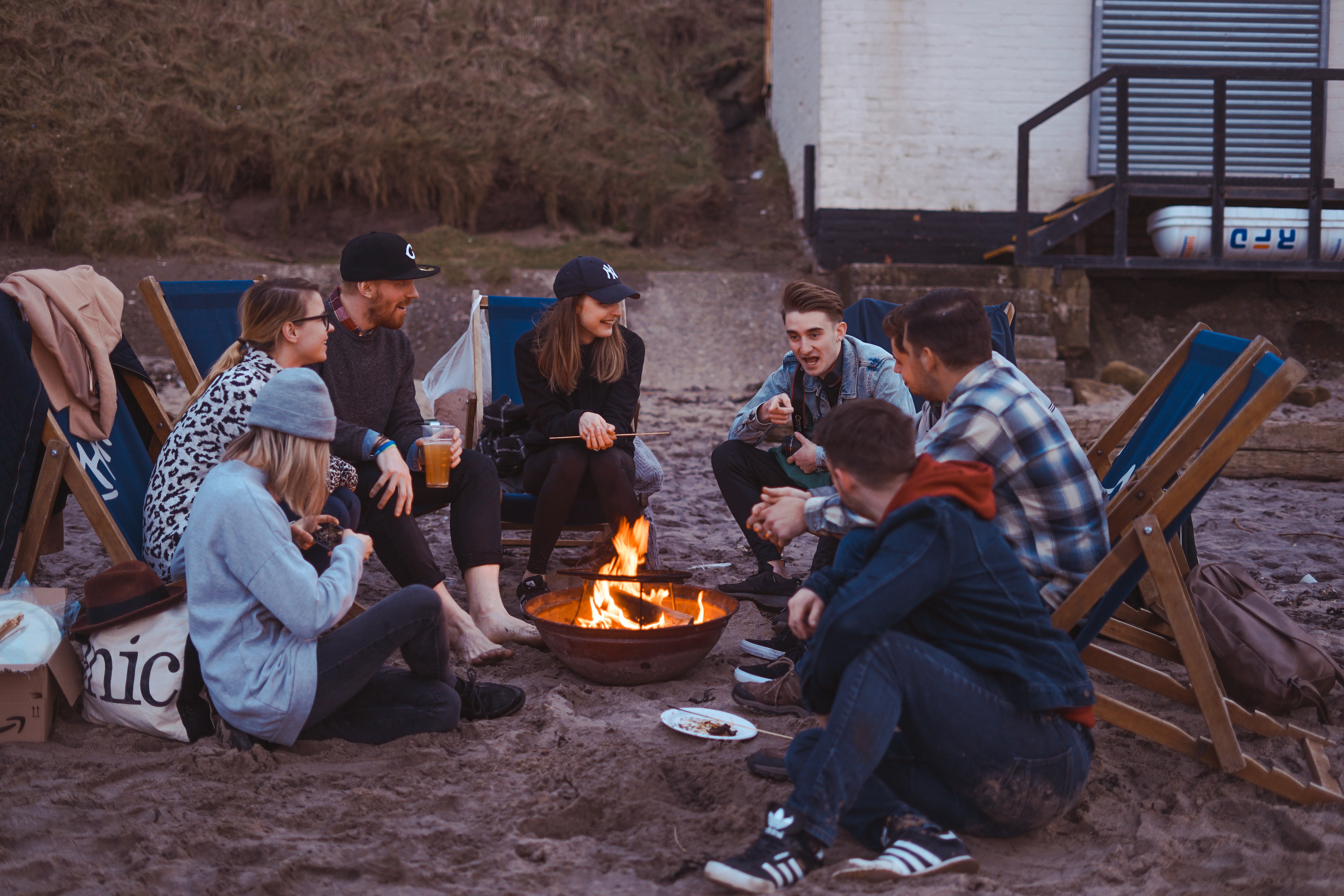
When you travel alone, you have the opportunity to meet new people from all walks of life, and make connections that you may not have made if you were traveling with a group.
Meeting new people can be one of the most rewarding aspects of solo travel.
It allows you to broaden your perspective and learn about new cultures and ways of life.
You’ll have the opportunity to share stories, learn from others, and create memories with people that you may have never met otherwise.
These interactions can help you develop a greater appreciation for diversity and cultivate empathy and understanding.
There are many ways to meet new people when traveling alone.
You can stay in hostels, which offer dorm-style accommodations where you can meet other travelers.
You can also take part in group activities, such as tours or excursions, where you’ll be paired with other solo travelers or groups.
Many cities also offer meet-up groups for travelers or ex-pats, which can be a great way to connect with locals and other travelers.
While meeting new people can be exciting, it can also be daunting, particularly if you’re traveling alone for the first time.
It’s important to take precautions to ensure your safety when meeting new people. Always meet in a public place, and be cautious about sharing personal information or accepting invitations from strangers.
However, the rewards of meeting new people while traveling solo can far outweigh the risks.
Not only can it lead to new friendships and connections, but it can also enhance your travel experience and provide you with new perspectives and insights.
1.4. Challenging Yourself

When you travel alone, you’ll be faced with new challenges and obstacles that will test your abilities and push you outside of your comfort zone.
This can be daunting, but it can also be incredibly rewarding.
One of the biggest challenges of solo travel is navigating new and unfamiliar environments.
You’ll need to learn to read maps, navigate public transportation systems, and communicate in languages that may be foreign to you.
This can be difficult, but it can also be incredibly empowering. You’ll learn to rely on yourself and build a sense of independence and self-sufficiency.
Solo travel can also be emotionally challenging. You may experience feelings of loneliness or homesickness, particularly if you’re traveling for an extended period of time.
You’ll need to learn to manage these emotions and find ways to stay connected with loved ones back home. This can be an opportunity for personal growth and self-reflection.
One of the most rewarding aspects of challenging yourself through solo travel is the sense of accomplishment you’ll feel when you overcome obstacles and accomplish your goals.
Whether it’s climbing a mountain, navigating a new city, or overcoming your fear of heights, solo travel can provide you with a sense of achievement and self-confidence that can translate into other areas of your life.
Moreover, challenging yourself through solo travel can help you break out of your routine and explore new interests and passions.
You may discover new hobbies or develop a new appreciation for different cultures or ways of life.
2. Planning Your Solo Travel Adventure
Planning is key to any successful solo travel adventure.
In this section, we’ll walk you through the essential steps to plan your trip:
2.1 Choosing Your Destination
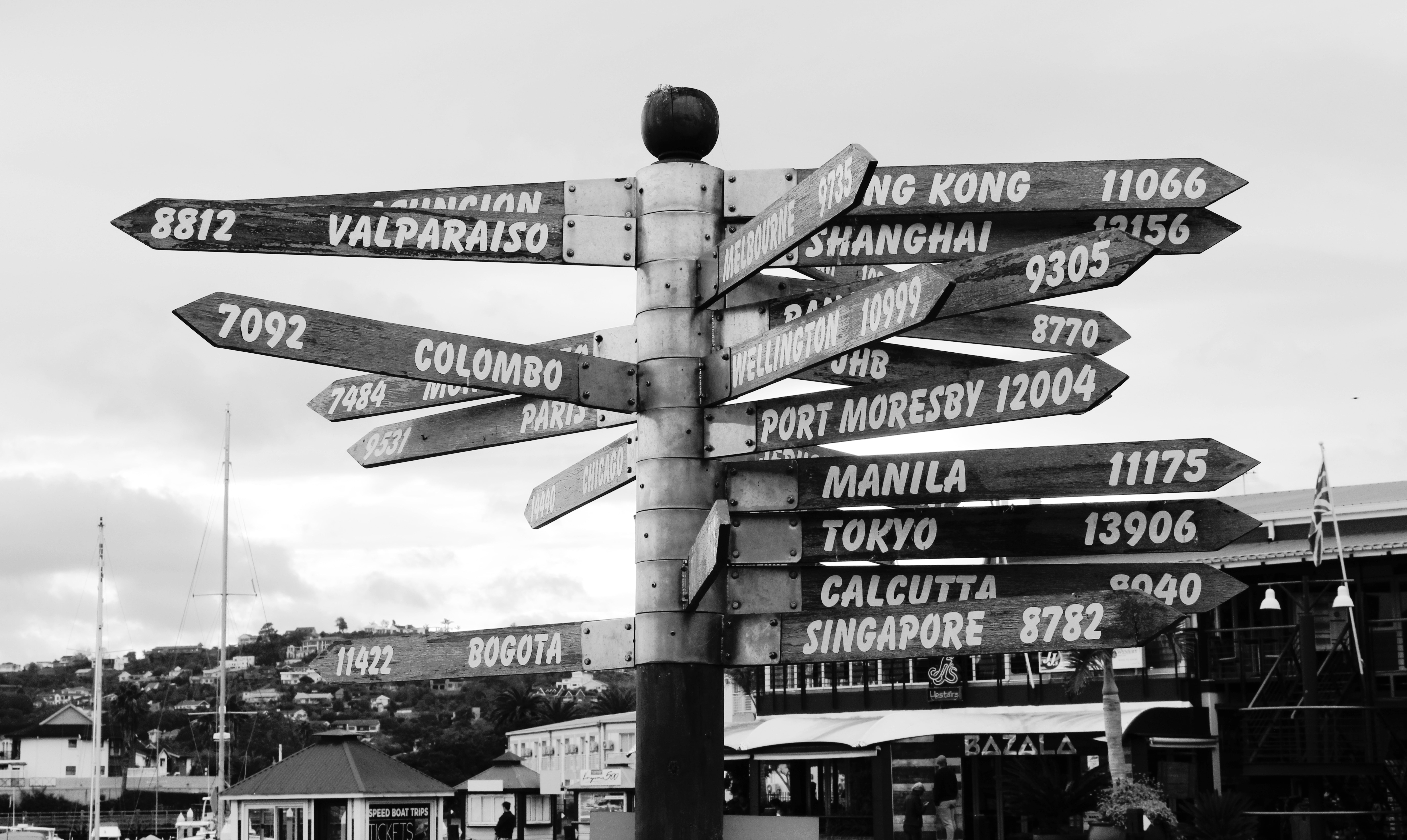
The world is full of amazing destinations, and selecting the perfect one can seem like a daunting task.
However, with some careful planning and research, you can find the perfect destination that suits your interests, budget, and travel style.
The first step in choosing your destination is to decide what type of experience you’re looking for.
Are you looking for a relaxing beach vacation, an adventure-packed outdoor experience, or a cultural immersion in a foreign country?
This will help narrow down your options and guide your research.
It’s also important to consider the time of year that you’ll be traveling.
Some destinations are better to visit during certain seasons, and you’ll want to avoid traveling during peak tourist season if you’re looking to avoid crowds and save money.
Once you have a general idea of what you’re looking for in a destination, start doing some research.
There are many resources available online, including travel blogs, review sites, and travel forums.
These can give you a sense of what to expect in different destinations, as well as tips and recommendations from other travelers.
2.2 Deciding on Your Budget

Your budget will determine where you can travel, what type of accommodations and activities you can afford, and how long you can stay.
The first step in deciding on your budget is to determine how much money you have to spend.
Consider your income, expenses, and any savings that you’ve set aside for travel. You’ll want to have a clear understanding of your financial situation before you start planning your trip.
Next, consider the cost of transportation.
This includes flights, trains, buses, and any other modes of transportation that you’ll need to get to and from your destination.
Look for deals and discounts, and consider traveling during off-peak times to save money.
Accommodations are another significant expense when it comes to travel. Consider your comfort level and budget when choosing where to stay.
Hostels and budget hotels are great options for those looking to save money, while luxury hotels and resorts are better suited for those with a larger budget.
Activities and excursions can also add up quickly. Consider the cost of admission to museums and attractions, as well as the cost of tours and excursions.
You may be able to find discounts and deals online or by purchasing tickets in advance.
Food and drink are other expenses to consider when planning your budget.
Look for affordable restaurants and street vendors, and consider cooking some of your own meals to save money.
Remember to factor in the cost of snacks and drinks as well.
It’s important to budget for unexpected expenses as well. This could include lost luggage, medical emergencies, or last-minute changes to your itinerary.
Set aside some money in a contingency fund to cover these unexpected costs.
By taking the time to carefully consider your budget, you can plan a solo travel trip that is both affordable and enjoyable.
The Ultimate Guide to Budget Travel
2.3 Packing for Your Trip

Packing can be stressful, but with some careful planning and organization, you can make sure you have everything you need for a successful trip.
The first step in packing is to make a list of everything you’ll need. Consider the climate and activities you’ll be participating in, as well as any cultural customs or dress codes you’ll need to follow.
Research your destination to ensure you pack appropriately.
When it comes to packing, less is often more. Aim to pack only what you’ll need and leave behind any unnecessary items.
Consider packing versatile pieces that can be worn in different ways and layered for different weather conditions.
Invest in high-quality luggage that is durable and can hold everything you need. Look for luggage with wheels and multiple compartments for easy organization.
When it comes to packing your clothes, roll them instead of folding them. This helps to save space and minimize wrinkles.
Use packing cubes or compression bags to keep your clothing organized and maximize space in your luggage.
Remember to pack any necessary toiletries, including travel-sized bottles of shampoo, conditioner, and body wash.
Don’t forget to pack any necessary medications, as well as a first aid kit and any other essentials, such as sunscreen and bug spray.
Electronics are also an important part of packing. Make sure you have all the necessary chargers and adapters for your phone, camera, and other devices.
Consider packing a portable charger to keep your devices charged on the go.
It’s also a good idea to pack a small daypack or bag to carry with you during your trip.
This can be used to carry any essentials, such as your phone, wallet, and camera, as well as a water bottle and snacks.
Finally, make sure to leave some extra space in your luggage for any souvenirs or purchases you may make during your trip.
2.4 Preparing for Cultural Differences

When you travel to a new country or region, you’ll encounter cultural differences that may be unfamiliar or even uncomfortable.
However, by preparing ahead of time, you can gain a better understanding and appreciation of different cultures and avoid any potential misunderstandings.
The first step in preparing for cultural differences is to research your destination. Look up the customs, traditions, and taboos of the country or region you’ll be visiting.
This will help you understand the local culture and what is considered appropriate behavior.
Learn a few key phrases in the local language to show respect and make communication easier.
This can be as simple as learning how to say “hello,” “thank you,” and “please.”
It’s also a good idea to learn about local etiquettes, such as how to greet people and how to eat with utensils.
Be aware of dress codes and modesty standards, especially if you’ll be visiting religious or conservative areas.
Dress modestly and conservatively, and avoid revealing clothing that may be considered disrespectful or offensive.
It’s also important to be aware of the local customs regarding gender roles and interactions.
In some cultures, physical touch and eye contact may be seen as inappropriate or disrespectful, especially between men and women.
In addition to researching your destination, it’s important to have an open mind and be willing to learn and adapt to different cultural norms.
Be respectful of local customs and traditions, even if they are different from what you are used to.
One of the best ways to prepare for cultural differences is to immerse yourself in the local culture. Take part in local events, festivals, and celebrations.
Try the local cuisine and interact with the local people. This can be a great opportunity to learn about different cultures and gain a new perspective.
Finally, be aware of your own cultural biases and try to avoid making assumptions or judgments based on your own cultural background.
Remember that cultural differences are not right or wrong, but simply different.
3. Best Solo Travel Destinations
Not all destinations are created equal when it comes to solo travel. In this section, we’ll highlight some of the best destinations for solo travelers:
3.1 Japan

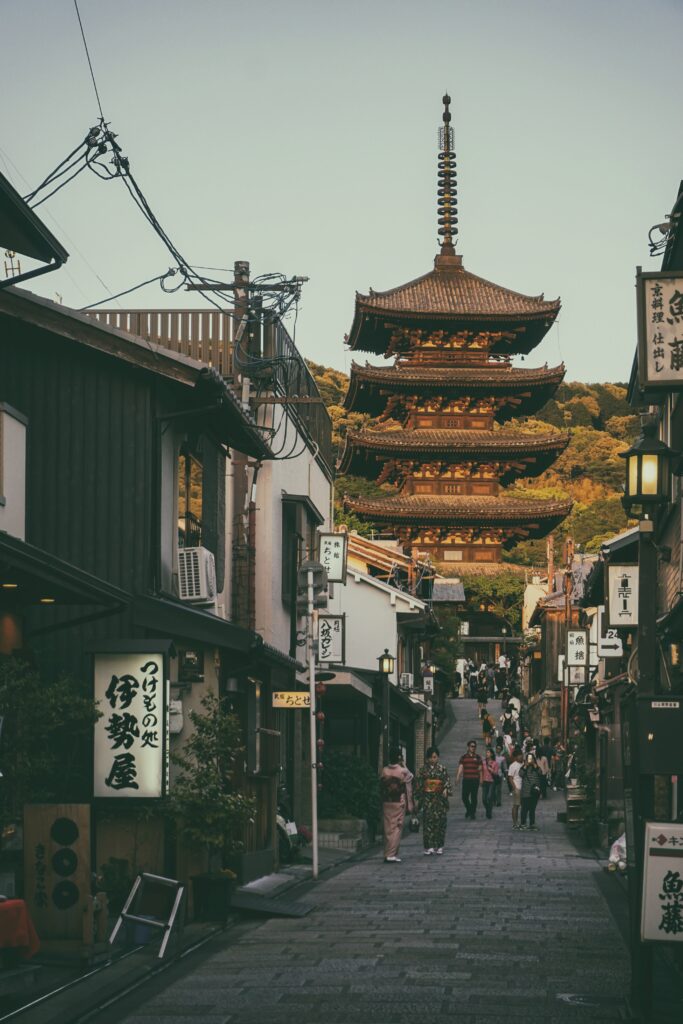


Japan is a fascinating country to visit for solo travel. It’s a blend of ancient traditions and modern technology, with a rich culture that’s unique in the world.
Whether you’re interested in history, food, or nature, Japan has something to offer every traveler.
One of the most popular destinations in Japan is Tokyo, the capital city. It’s a bustling metropolis that’s home to some of the world’s most advanced technology and architecture.
From the towering skyscrapers of Shinjuku to the historic temples of Asakusa, Tokyo is a city of contrasts.
It’s also known for its incredible food, with everything from traditional sushi and ramen to innovative fusion cuisine.
Another popular destination in Japan is Kyoto, the former imperial capital. It’s known for its beautiful temples and shrines, including the famous Kinkakuji (Golden Pavilion) and Fushimi Inari Shrine.
The city is also a great place to experience traditional Japanese culture, with tea ceremonies, kimono rentals, and traditional crafts like pottery and weaving.
For nature lovers, Japan has plenty of options as well. The Japanese Alps offer stunning mountain scenery, including the iconic Mount Fuji.
Hokkaido, the northernmost island of Japan, is known for its rugged wilderness and wildlife, including brown bears and red-crowned cranes. And the island of Okinawa, in the south, has some of the most beautiful beaches in the world.
One of the unique aspects of Japan is its public transportation system.
The trains and buses are clean, punctual, and efficient, making it easy to get around even if you don’t speak Japanese.
The Japan Rail Pass is a great option for travelers, as it allows unlimited travel on most trains and buses for a set period of time.
One of the challenges of solo travel in Japan is the language barrier. While many Japanese people speak some English, it’s not always easy to communicate.
It’s a good idea to learn a few basic phrases in Japanese, such as “hello” (konnichiwa) and “thank you” (arigatou gozaimasu).
Google Translate is also a helpful tool for navigating menus and signs.
3.2 New Zealand
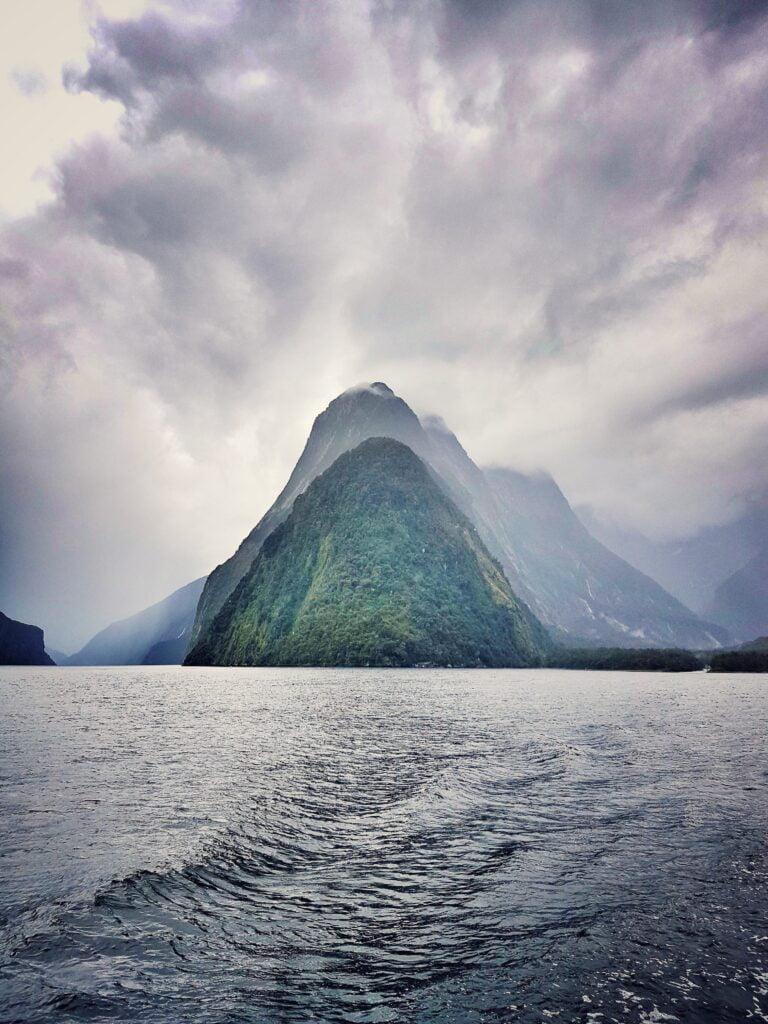

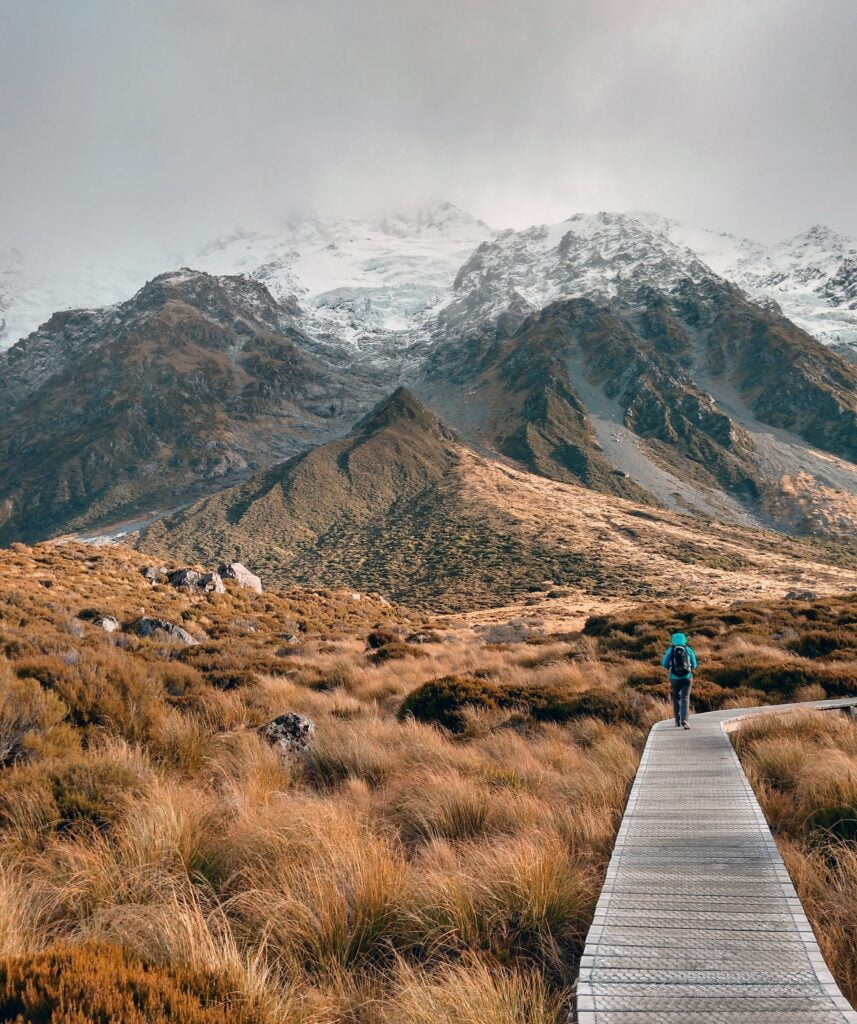

New Zealand is a breathtakingly beautiful destination that’s perfect for solo travel.
With its stunning scenery, friendly people, and laid-back culture, it’s a great place to unwind and explore at your own pace.
One of the most iconic destinations in New Zealand is the Milford Sound, a fjord in the southwest of the South Island.
It’s known for its dramatic mountains, waterfalls, and wildlife, and is a popular spot for kayaking and scenic cruises.
Another popular destination is Queenstown, a picturesque town on the shores of Lake Wakatipu.
It’s known for its adventure activities, including bungee jumping, skydiving, and skiing.
For nature lovers, New Zealand is a paradise. The country is home to many national parks, including Fiordland, Abel Tasman, and Tongariro.
These parks offer a range of activities, from hiking and camping to wildlife spotting and birdwatching.
The Te Araroa Trail, which spans the length of the country, is also a popular option for long-distance hikers.
New Zealand is also known for its delicious food and wine. The country’s cuisine is a fusion of Pacific, European, and Asian influences, with plenty of fresh seafood, lamb, and produce.
The wine regions, including Marlborough and Central Otago, produce world-class Sauvignon Blanc and Pinot Noir.
One of the challenges of solo travel in New Zealand is the country’s vast size and remote locations.
It’s important to plan your trip carefully and allow plenty of time to explore. Driving is the most popular way to get around, and rental cars are widely available.
However, it’s important to be aware of the country’s unique driving conditions, including driving on the left side of the road and narrow, winding mountain roads.
New Zealand is also known for its friendly and welcoming people. It’s easy to strike up a conversation with locals, whether it’s over a pint of beer in a pub or on a hiking trail.
3.3 Costa Rica
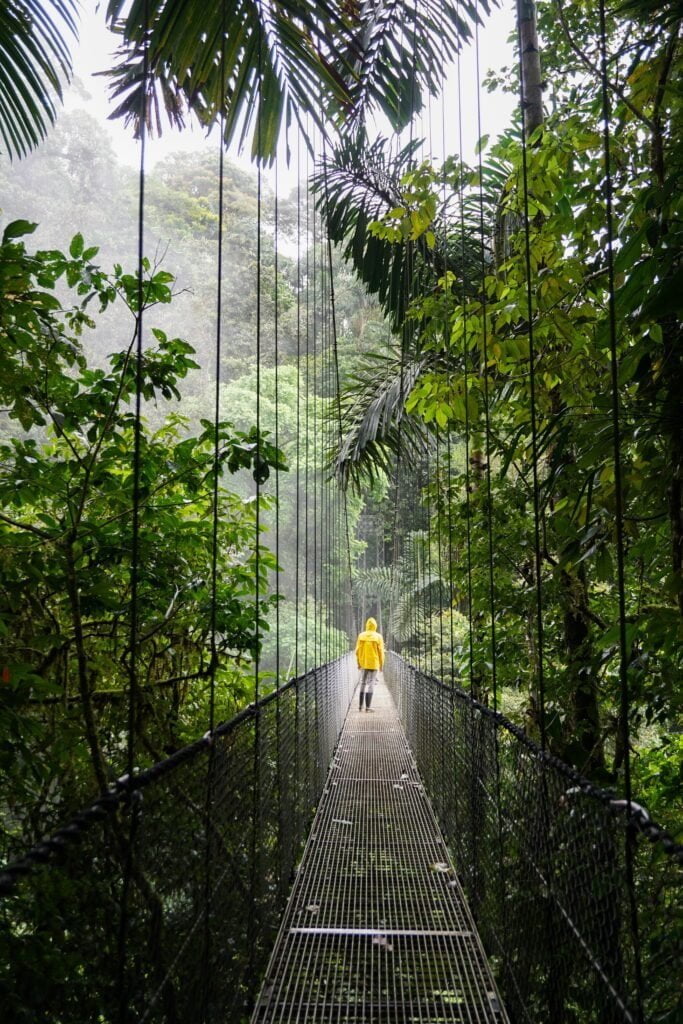


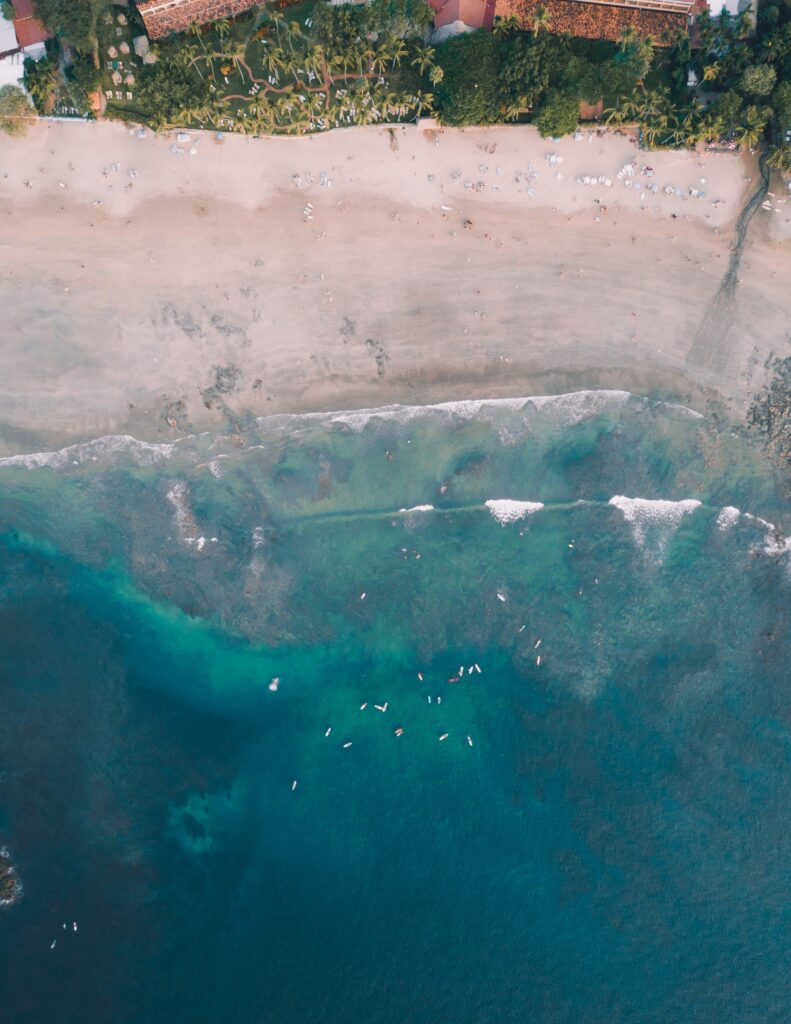
Costa Rica is a small Central American country that packs a big punch when it comes to adventure and natural beauty.
With its lush rainforests, stunning beaches, and rich biodiversity, it’s a great destination for solo travelers looking to connect with nature and experience a new culture.
One of the most popular activities in Costa Rica is exploring the country’s national parks and reserves.
From Corcovado National Park, which is home to jaguars, monkeys, and other wildlife, to the Monteverde Cloud Forest Reserve, which offers stunning views of the surrounding landscape, there’s plenty to discover.
Costa Rica is also home to several active volcanoes, including Arenal, which offers hiking trails, hot springs, and opportunities for zip-lining.
For those who love the water, Costa Rica has some of the best surfing in the world, with a variety of breaks for all skill levels.
The country is also home to some of the most beautiful beaches in Central America, including Manuel Antonio and Tamarindo.
Costa Rica is also known for its commitment to eco-tourism, with many lodges and hotels operating in harmony with the environment.
This means that you can enjoy a unique and sustainable travel experience, while also supporting conservation efforts.
When it comes to culture, Costa Rica is a melting pot of different influences. The country’s history includes a mix of indigenous, Spanish, and Afro-Caribbean cultures, which has led to a unique blend of traditions and customs.
The people are warm and welcoming, and it’s easy to strike up a conversation and learn more about the local culture.
When planning a solo trip to Costa Rica, it’s important to consider the time of year.
The country has a tropical climate, with a rainy season from May to November and a dry season from December to April.
Depending on your interests, you may want to plan your trip around events like the turtle nesting season or the annual coffee harvest.
One of the challenges of traveling solo in Costa Rica is navigating the country’s transportation system.
Buses are the most common form of public transportation, but they can be crowded and uncomfortable. Renting a car is also an option, but it can be expensive and challenging to navigate the country’s winding roads.
3.4 Thailand

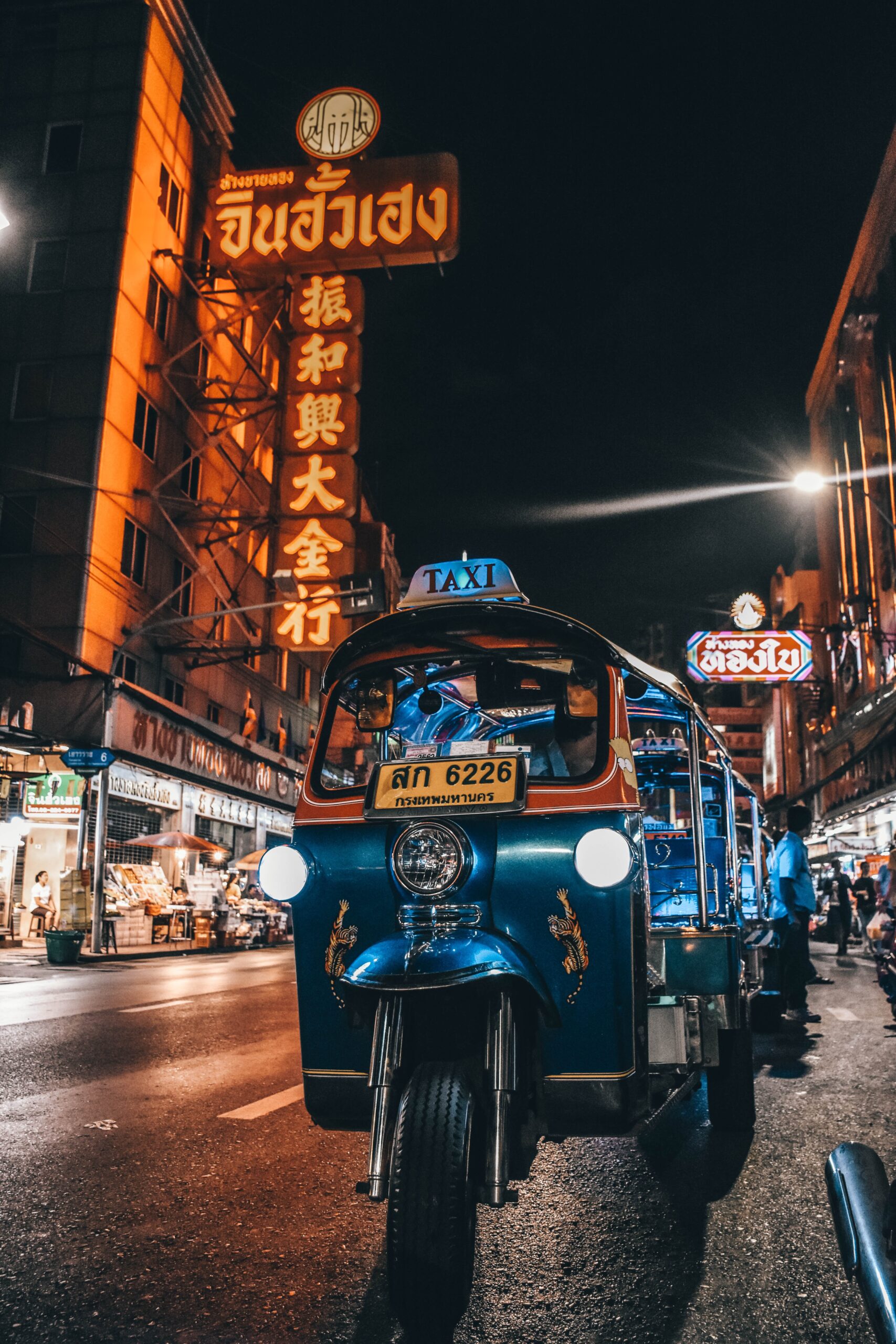


Thailand is a popular destination for solo travelers looking for adventure, culture, and relaxation.
With its beautiful beaches, ancient temples, and vibrant street life, Thailand has something to offer everyone.
One of the most popular destinations in Thailand is Bangkok, the bustling capital city.
Here, you can explore the city’s many temples and markets, take a cooking class, or simply soak up the vibrant energy of the streets.
For a more laid-back experience, you can head south to the island of Koh Samui or Phuket, where you’ll find some of the most beautiful beaches in the world.
Thailand is also known for its delicious and affordable cuisine. From street food to high-end restaurants, you can find a variety of dishes to suit any taste.
Some must-try dishes include pad thai, green curry, and mango sticky rice.
Another highlight of Thailand is its rich history and culture. The country is home to many ancient temples and ruins, including the famous Wat Phra Kaew and the ruins of Ayutthaya.
You can also experience traditional Thai dance and music, or visit a local market to shop for handicrafts and souvenirs.
For those looking for adventure, Thailand has plenty of opportunities for hiking, rock climbing, and water sports.
You can explore the country’s many national parks, or take a trek through the jungle to visit remote villages and learn about traditional ways of life.
One of the challenges of traveling solo in Thailand is dealing with the language barrier.
While many people in tourist areas speak English, it can still be difficult to navigate transportation and communication with locals.
However, with some basic Thai phrases and a willingness to be patient, you can easily overcome these obstacles.
4. Accommodation Options for Solo Travelers
When traveling solo, you have several options for accommodation.
In this section, we’ll explore the best accommodation options for solo travelers:
4.1 Hostels

Hostels typically offer dorm-style rooms, where travelers can rent a bed in a shared room with other travelers.
Some hostels also offer private rooms for those who want more privacy.
In addition to sleeping accommodations, hostels often have communal spaces such as kitchens, lounges, and outdoor areas, where travelers can hang out and meet new people.
One of the biggest advantages of staying in a hostel as a solo traveler is the opportunity to meet other travelers from around the world.
Many hostels organize social events and activities, such as pub crawls, movie nights, or city tours, which can make it easier to connect with other travelers.
Hostels also tend to attract a younger crowd, which can make them a good choice for solo travelers who want to meet people their own age.
Another advantage of hostels is their affordability. Hostels are often much cheaper than hotels, and they can be a great option for solo travelers on a tight budget.
By staying in a hostel, you can save money on accommodations, leaving more room in your budget for activities and experiences.
However, there are also some downsides to staying in a hostel. One of the biggest is the lack of privacy.
When you stay in a dorm-style room, you’ll be sharing a space with other travelers, which can be challenging if you’re a light sleeper or if you’re easily disturbed by noise.
Another potential downside of hostels is the risk of theft. While most hostels have lockers where you can store your valuables, there’s always a risk that your belongings could be stolen if you’re not careful.
It’s important to take precautions, such as using a padlock on your locker and keeping an eye on your belongings.
they offer a unique social atmosphere that can make solo travel more enjoyable.
4.2 Guesthouses

For solo travelers looking for a more private and quiet accommodation option, guesthouses can be a great alternative to hostels.
Guesthouses are usually small, family-owned properties that offer private rooms and shared spaces for travelers.
They are a great option for travelers who want more privacy than a hostel but don’t want to pay for a hotel.
One of the biggest advantages of staying in a guesthouse is the personal touch.
Since guesthouses are usually run by families or small businesses, you can expect a warm welcome and a more personalized experience than you would get at a hotel.
Guesthouse owners are often more willing to provide local tips and recommendations for activities and attractions in the area.
Another advantage of staying in a guesthouse is the cost. While guesthouses may not be as cheap as hostels, they are often more affordable than hotels.
They offer great value for solo travelers who want a comfortable and private place to stay without breaking the bank.
In addition to the privacy and affordability, guesthouses often have a more authentic and local feel than hotels.
Many guesthouses are located in residential neighborhoods, which can give travelers a better sense of the local culture and lifestyle.
They may also offer home-cooked meals and other amenities that can make your stay more enjoyable.
However, there are also some potential downsides to staying in a guesthouse. One of the biggest is the lack of social atmosphere.
Unlike hostels, guesthouses are usually quiet and more focused on providing a comfortable and private space for travelers.
If you’re looking to meet other travelers and make new friends, a guesthouse may not be the best option.
Another potential downside of guesthouses is the lack of amenities. While many guesthouses offer basic amenities such as Wi-Fi and hot water, they may not have the same level of amenities as a hotel. For example, you may not have access to a gym or a swimming pool.
4.3 Airbnb

Airbnb is a popular option for solo travelers who want to stay in a private space and experience life like a local.
It is a platform that allows individuals to rent out their homes, apartments or even spare rooms to travelers.
Airbnb has become a popular alternative to traditional hotels, and it offers a unique experience for solo travelers who want to immerse themselves in the local culture.
One of the biggest advantages of using Airbnb is the flexibility it offers. You can search for a wide variety of properties, from entire apartments and houses to single rooms within someone’s home.
This gives solo travelers the ability to find the perfect accommodation for their needs, whether they want a lot of space or just a comfortable place to sleep.
Another advantage of using Airbnb is the cost. While prices vary depending on the location and type of accommodation, Airbnb is often more affordable than a hotel.
Additionally, you can often find discounts and promotions that can make your stay even more budget-friendly. This makes it a great option for solo travelers who want a comfortable and private space without breaking the bank.
Airbnb also offers a more authentic and local experience than traditional hotels. Since you’re staying in someone’s home, you can get a better sense of the local culture and lifestyle.
Hosts can provide local tips and recommendations for things to do and places to eat, which can help you experience the destination like a local.
However, there are also some potential downsides to using Airbnb. One of the biggest is the lack of consistency in the quality of the properties.
Unlike hotels, which have a standardized level of service and amenities, the quality of an Airbnb property can vary greatly.
It’s important to read reviews and look for properties with high ratings to ensure that you’re getting a quality experience.
Another potential downside of using Airbnb is the lack of on-site support. Unlike hotels, which have staff available 24/7 to address any issues that arise, you may be on your own if something goes wrong at an Airbnb property.
However, many hosts are very responsive and will do everything they can to make your stay as comfortable as possible.
4.4 Couchsurfing

Couchsurfing is a hospitality exchange network that connects travelers with local hosts who are willing to offer a free place to stay.
It is a popular option for solo travelers who want to save money and experience the local culture in a unique way.
Couchsurfing is more than just a free place to stay – it’s an opportunity to make new friends, learn about a new culture, and experience a destination in a way that’s not possible when staying in a hotel.
One of the biggest advantages of using Couchsurfing is the cost. Since hosts offer their homes for free, Couchsurfing can be a great way to save money on accommodation.
This makes it a popular option for solo travelers who are on a tight budget or want to extend their travel by staying in a destination for a longer period of time.
Another advantage of using Couchsurfing is the chance to meet new people and make new friends. Since you’re staying with a local host, you can learn about the culture and way of life from someone who lives there.
This can give you a much deeper understanding of the destination and its people than you would get from a guidebook or tourist attraction.
Couchsurfing can also be a great way to make new friends and connections that you can stay in touch with long after your trip is over.
However, there are also some potential downsides to using Couchsurfing. One of the biggest is the lack of privacy.
Since you’re staying in someone’s home, you may not have the same level of privacy that you would get in a hotel or Airbnb. It’s important to communicate with your host ahead of time to set clear expectations about privacy and boundaries.
Another potential downside of using Couchsurfing is the lack of consistency in the quality of the accommodations.
Since hosts are offering their homes for free, the quality of the space can vary greatly.
It’s important to read reviews and choose hosts with high ratings to ensure that you have a safe and comfortable stay.
5. Solo Travel Activities
Traveling solo doesn’t mean you have to be alone all the time. In fact, solo travel can be an excellent opportunity to try new things and meet new people.
In this section, we’ll suggest some of the best solo travel activities to try:
5.1 City Tours
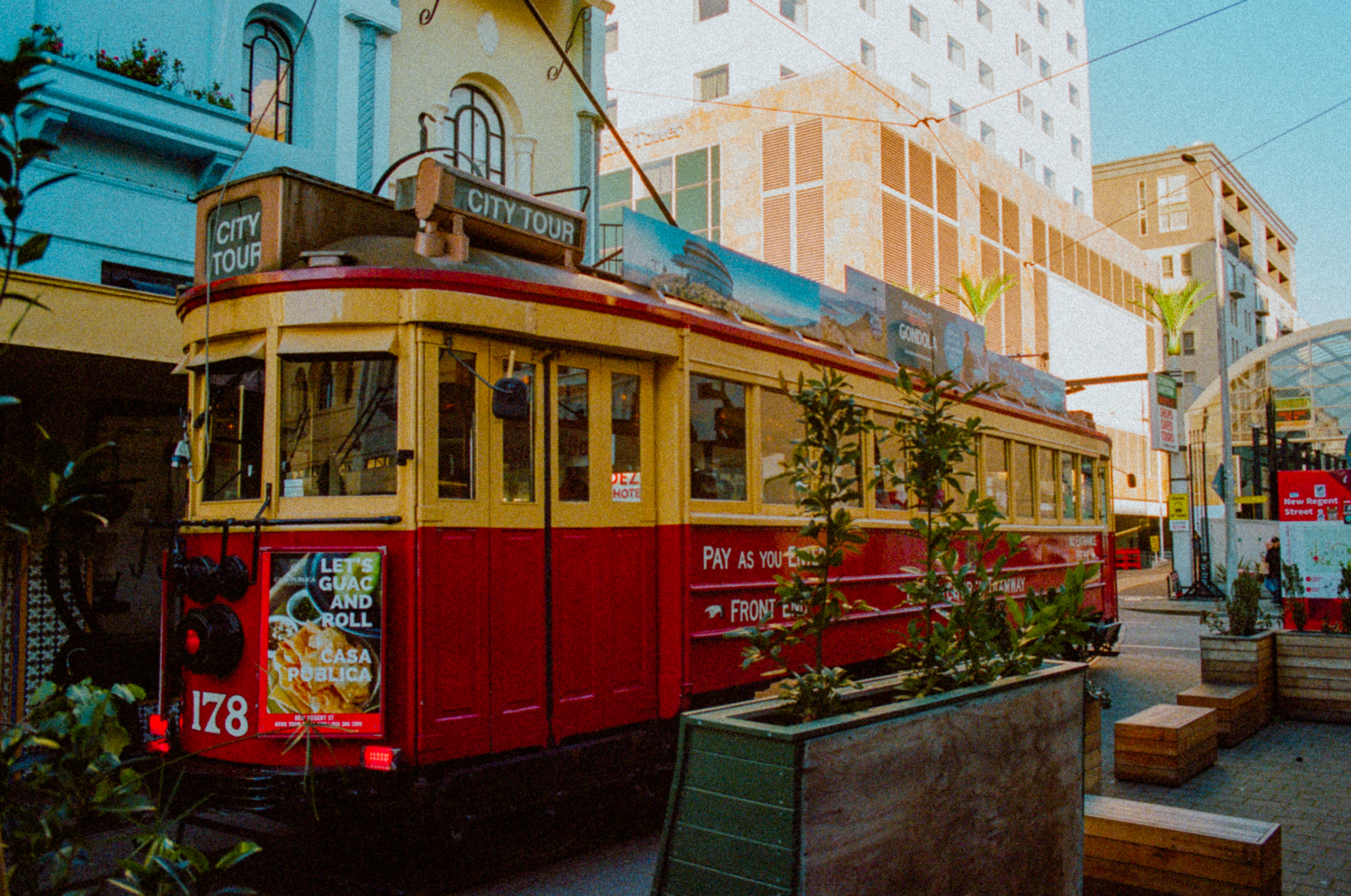
When traveling to a new destination, one of the best ways to explore the local culture and history is by taking a city tour.
These tours come in a variety of forms, from walking tours to bus tours, and they offer travelers a chance to see the highlights of the city and learn about its history and culture from a knowledgeable guide.
One of the main benefits of taking a city tour is that it allows you to see the main sights and landmarks of a city in a short amount of time.
Many tours are designed to cover the most popular attractions in a city, such as famous landmarks, museums, and historical sites.
By taking a tour, you can see all of these sites in a single day or even a few hours, depending on the tour you choose.
City tours also offer the opportunity to learn about the local culture and history. Many tour guides are locals who have a deep understanding of the city’s past and present.
They can provide interesting insights into the culture, history, and customs of the area, which you may not be able to learn on your own.
In addition to providing valuable information about the city, city tours can also be a great way to meet other travelers.
Many tours are group tours, which means you will be traveling with a group of like-minded people who share your love for travel and adventure.
This can be a great way to make new friends, exchange travel tips, and even plan future trips together.
When choosing a city tour, it is important to consider your travel style and interests. If you are interested in history and culture, a walking tour or a museum tour may be the best option for you.
If you are short on time, a hop-on-hop-off bus tour may be a better fit, as it allows you to see the main attractions at your own pace.
If you are interested in exploring off-the-beaten-path neighborhoods, a bike tour or a food tour may be a good option. In this section, we will explore some of the benefits of taking a city tour and provide some tips for choosing the right tour for your travel style.
Another important factor to consider when choosing a city tour is the reputation of the tour company. Look for a tour company that has positive reviews and a good track record of providing high-quality tours.
You can check online reviews and ratings, ask for recommendations from other travelers, or check with the local tourist office.
5.2 Adventure Activities

When traveling solo, one of the best ways to create unforgettable memories is to participate in adventure activities.
These can range from outdoor adventures like hiking and camping to adrenaline-pumping activities like bungee jumping or skydiving. Whatever your preference, there is sure to be an adventure activity that will appeal to you.
There are several benefits to taking part in adventure activities while traveling solo. For one, these types of experiences can help you build confidence and push your limits.
Additionally, adventure activities often provide an opportunity to meet other like-minded travelers and make new friends. Finally, they can be a lot of fun and create memories that will last a lifetime.
One popular adventure activity for solo travelers is hiking. This can be as simple as a day hike or as challenging as a multi-day trek through a wilderness area.
Many cities and regions offer guided hiking tours, which can be a great way to explore a new area and meet other travelers.
Camping is another adventure activity that is popular among solo travelers.
Whether you prefer car camping or backpacking, spending time in the great outdoors can be a wonderful way to escape the hustle and bustle of the city and connect with nature.
Many national parks and wilderness areas offer campsites and trails for hikers and backpackers.
For those who are looking for a more extreme adventure, there are plenty of options as well.
Bungee jumping, skydiving, and zip-lining are just a few of the many adrenaline-pumping activities that can be found around the world. These types of activities can be expensive, but they can also provide a unique and unforgettable experience.
If you are interested in adventure activities, it is important to do your research and plan ahead. Make sure that you are physically and mentally prepared for the activity, and be aware of any potential risks or hazards.
It is also a good idea to book your activity in advance, especially if you are traveling during peak season.
Finally, be sure to bring the appropriate gear and clothing for your adventure activity. This may include hiking boots, a backpack, a tent, and sleeping bag, or specialized gear like a wetsuit or climbing harness.
By being prepared, you can ensure that your adventure activity is safe, enjoyable, and unforgettable.
5.3 Food Tours

Traveling is not just about sightseeing and adventure activities; it is also about immersing yourself in different cultures and experiencing their local cuisine.
This is where food tours come in, as they provide the perfect opportunity to explore a city’s culinary delights.
A food tour is a guided tour that takes you to different places around the city to try different types of food.
It usually involves a small group of people and can last anywhere from a few hours to a whole day.
Food tours can be an excellent way to try new foods, learn about a city’s history and culture, and meet new people.
One of the main advantages of going on a food tour is that you get to try a wide variety of foods without having to spend a lot of money.
Often, the cost of the tour includes all of the food you will try, so you don’t have to worry about paying for each individual item.
This can be particularly beneficial if you are traveling on a budget or if you don’t want to commit to a full meal at a restaurant without knowing if you will like the food.
Another advantage of food tours is that they are typically led by local guides who are knowledgeable about the city’s food scene.
These guides can provide insights into the history and culture of the city, as well as recommendations for other restaurants and food experiences that you might enjoy.
They may also be able to answer questions about the food and the ingredients used in the dishes, which can be an excellent way to learn more about the local cuisine.
Food tours come in a wide variety of formats, from walking tours to bike tours to bus tours.
Some tours focus on a particular type of food, such as chocolate or wine, while others take you to different neighborhoods to try a variety of foods.
Many food tours are designed to be accessible to all types of travelers, so even if you have dietary restrictions or food allergies, you can usually find a tour that will cater to your needs.
When choosing a food tour, it’s important to do your research and read reviews from other travelers.
Look for a tour that is well-reviewed and has a knowledgeable guide who can provide you with a good experience.
You should also consider the size of the group, as smaller groups can often provide a more personalized experience.
Food tours are an excellent way to explore a new city and experience its culture through its food.
Whether you’re a foodie or just looking to try something new, a food tour can be a fun and memorable experience that you won’t soon forget.
5.4 Cultural Experiences




Traveling solo can be an incredible way to immerse yourself in new cultures and gain unique cultural experiences that you may not have had the opportunity to experience otherwise.
From sampling local cuisine to attending cultural events, there are countless ways to embrace new cultural experiences when traveling solo.
One of the best ways to dive into local culture is to participate in local festivals and celebrations.
These events offer the chance to learn about a new culture and connect with locals who share similar interests.
You may also want to check out museums or other cultural landmarks that offer insight into the history and traditions of the area you’re visiting.
Arts and entertainment are another way to experience local culture.
You can attend a live performance or music show to experience the local arts scene, or participate in a local art class to learn about traditional crafts and techniques.
Many cities also offer cultural tours that highlight the art and architecture of the area.
Finally, interacting with locals is one of the best ways to experience the culture of a new place.
You can strike up conversations with locals at restaurants, cafes, and bars, or join local groups or clubs to meet people with similar interests.
By making new friends, you’ll gain a better understanding of the local culture and build lasting relationships.
6. Safety Tips for Solo Travel
One of the biggest concerns for solo travelers is safety. However, by taking a few simple precautions, you can ensure your solo travel adventure is both safe and enjoyable.

In this section, we’ll provide essential safety tips for solo travelers:
6.1 Avoiding Dangerous Areas
When traveling solo, one of the most important aspects of staying safe is avoiding dangerous areas. Unfortunately, not all places are created equal, and some areas can be unsafe due to high levels of crime, civil unrest, or natural disasters.
Here are some tips for avoiding dangerous areas while traveling solo:
- Do your research: Before traveling to a new destination, research the area to understand the level of safety. Look for information about local crime rates, civil unrest, and natural disasters.
- Ask locals: Ask locals or your hotel staff about any areas to avoid in the city or town you’re visiting. They may be able to provide valuable insights and tips to help you stay safe.
- Stay aware of your surroundings: Be aware of your surroundings and look for signs of danger, such as groups of people acting aggressively or a high police presence.
- Avoid dark, quiet streets: Stay on well-lit and well-traveled streets, especially at night. Avoid dark, quiet streets or alleys where you could be vulnerable to theft or attack.
- Don’t wear flashy jewelry or clothing: Avoid wearing flashy jewelry or clothing that could make you a target for theft. Dress conservatively and blend in with the locals as much as possible.
- Keep your valuables secure: Keep your valuables, such as your passport and cash, secure in a money belt or hidden in a secure place in your backpack or purse.
- Trust your instincts: If something feels wrong or unsafe, trust your instincts and leave the area immediately.
- Consider travel insurance: Consider investing in travel insurance that covers emergency medical expenses, trip cancellations, and lost or stolen belongings. This can provide peace of mind and financial protection in case of an emergency.
In addition to these tips, it’s also important to have a backup plan in case something does happen. Make sure you have a list of emergency contacts and local authorities and keep your phone charged and with you at all times.
Remember, it’s always better to be safe than sorry when traveling solo. By taking the necessary precautions and avoiding dangerous areas, you can enjoy a safe and memorable trip.
6.2 Staying Connected with Loved Ones
When traveling solo, it’s important to stay connected with your loved ones back home. This not only helps them feel reassured about your safety, but it also allows you to share your experiences with them and stay in touch.
Here are some tips for staying connected while traveling solo.
- Share Your Itinerary Before you embark on your solo adventure, share your itinerary with a trusted family member or friend. This should include information about where you’re staying, how long you’ll be there, and how they can contact you in case of an emergency. This way, they can keep track of your whereabouts and reach out to you if they need to.
- Use Social Media Social media platforms like Facebook, Instagram, and Twitter are great ways to keep your loved ones updated on your travels. You can share photos and updates on your adventures, and they can leave comments and messages for you. Just be mindful of what you share online, and avoid posting too many personal details or revealing your exact location.
- Consider Getting a Local SIM Card If you’re traveling internationally, getting a local SIM card for your phone can be a good way to stay connected. This will allow you to make local calls and use data without incurring expensive roaming charges. You can also use messaging apps like WhatsApp or Viber to communicate with your loved ones over the internet.
- Check-in Regularly Make a habit of checking in with your loved ones on a regular basis. This could be a quick phone call, text message, or email to let them know you’re safe and having a great time. This will give them peace of mind and keep them in the loop on your travels.
- Carry an Emergency Contact Card In case of an emergency, it’s a good idea to carry an emergency contact card with you. This should include your name, contact information, and the contact information of your emergency contact back home. You can keep this card in your wallet or passport holder, so it’s easily accessible in case of an emergency.
- Use a VPN When traveling solo, it’s important to protect your online privacy and security. Using a virtual private network (VPN) can help you do this by encrypting your internet connection and keeping your online activity private. This is especially important if you’re using public Wi-Fi networks, which can be insecure and open to hackers.
You can stay connected with your loved ones and enjoy your solo travels to the fullest.
Conclusion:
In this comprehensive guide, we’ve explored the benefits of solo travel, essential safety tips, planning advice, and some of the best solo travel destinations, accommodation options, and activities.
By following the tips and advice in this guide, you can travel solo with confidence and create unforgettable memories.
Remember, solo travel can be an enriching and transformative experience that allows you to explore the world on your own terms.
So don’t be afraid to take the leap and plan your next solo adventure – it may just be the best decision you ever make!






Leave a Comment